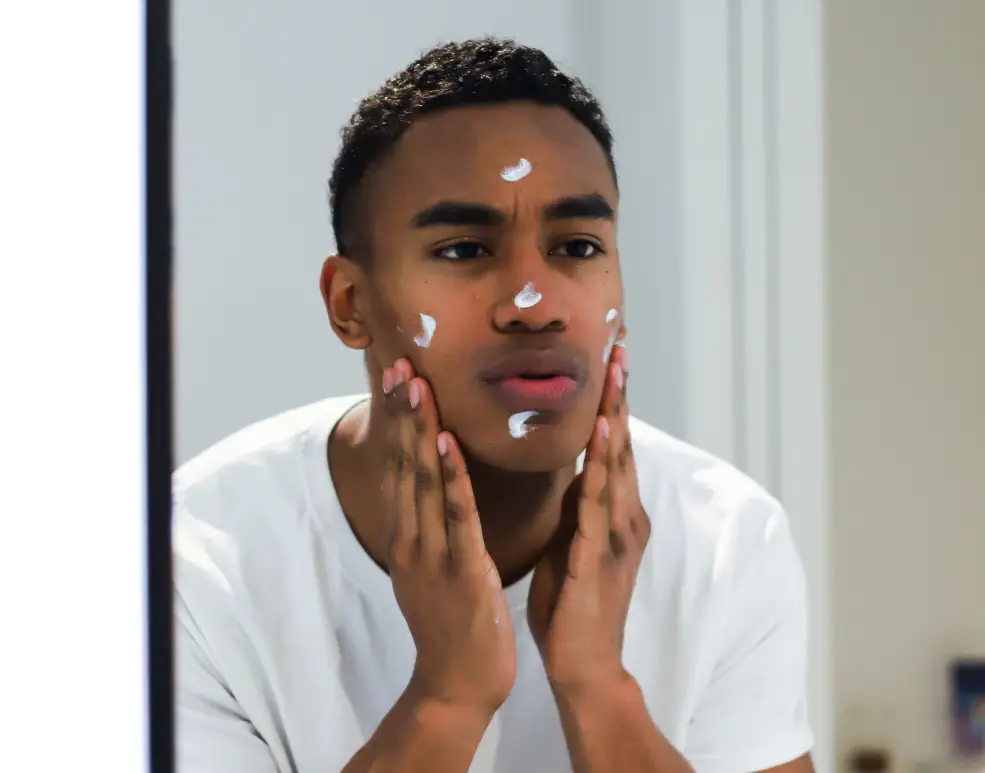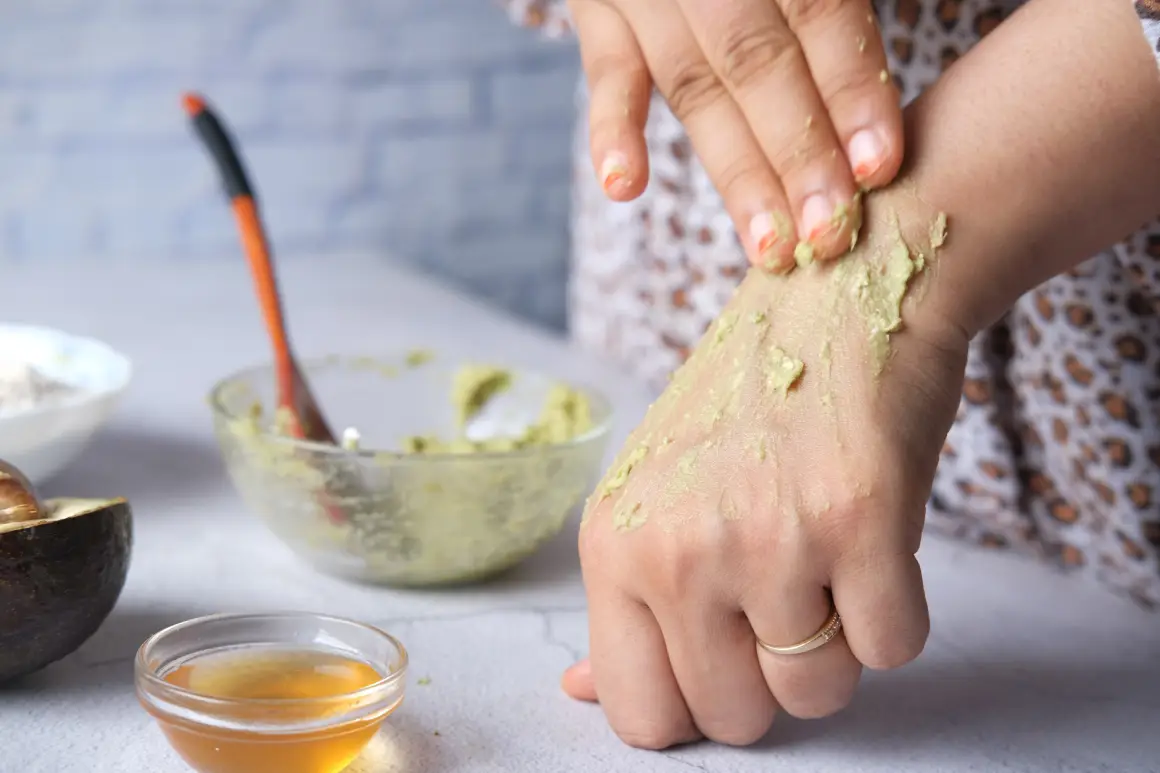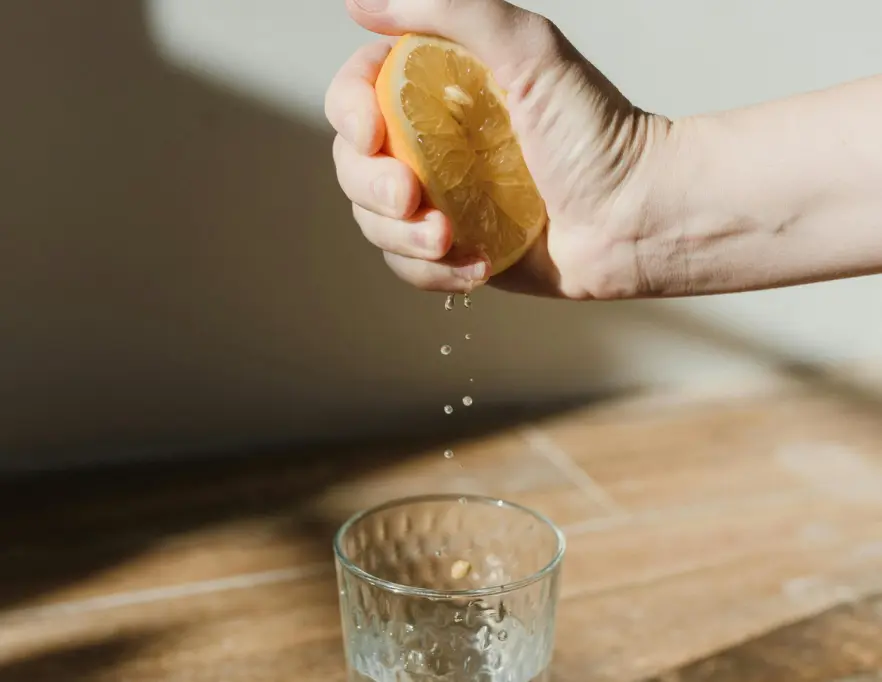Cosmetics of all kinds are designed to enhance natural beauty, but unfortunately they often contain dangerous substances that can harm our health. This is why it is crucial to pay attention to the ingredients of our cosmetics and always choose products that are close to natural and good for you!
The importance of healthy cosmetics
You might already be familiar with the saying “if you wouldn’t eat it, you shouldn’t put it on your skin either”. Even if it’s not meant literally, it shows just how important it is to use cosmetics that are as natural as possible and do not contain dangerous ingredients. Considering that we use some cosmetics on a daily basis, there is a considerable amount of harmful chemicals that can easily penetrate the skin and enter the bloodstream: soap, deodorant, shower gel, perfume, or make-up, and the list can go on!
We advise you to always read the ingredients and opt for “clean” labels – in other words: to avoid using products that contain dangerous ingredients. Here are some of the common ingredients that should not be present in your cosmetics:
Heavy metals
Heavy metals are commonly found in care products and cosmetics – they can cause significant damage when they accumulate in tissues. Many makeup products, including eyeshadow, lipstick, and deodorant contain heavy metals like:
∙aluminum;
∙lead;
∙cadmium;
∙nickel;
∙mercury;
∙chromium.
High concentrations can lead to brain damage, cancer, and organ failure, while lower doses can cause inflammation, fatigue, and premature diabetes.

Chemicals in scented products
There are thousands of chemical fragrance ingredients found in scented products such as perfumes, lotions, creams, make-up, shampoos, and detergents which include carcinogens, hormone disrupting substances, neurotoxic substances, and skin allergens, including:
∙styrene;
∙methyl eugenol;
∙pyridine;
∙BHA;
∙nonylphenol;
∙xylenes;
∙phenol;
∙linalool;
∙hexyl cinnamal;
∙geraniol;
∙HICC (Lyral, Kovanol, Mugonal, Landolal).
To avoid harmful effects, choose products with organic essential oils and other natural ingredients. If you do not want to give up on your favorite perfume, you can spray it on clothes to prevent contact with skin. This helps to protect your health!
Parabens
Synthetic chemicals are some of the most common additives in cosmetics that can impact the endocrine system, mimic estrogen, and increase the risk of breast cancer. They include:
∙methylparaben;
∙propylparaben;
∙butylparaben;
∙ethylparaben
∙butylated hydroxyanisole (BHA);
∙butylated hydroxytoluene (BHT).
These are antioxidants that can interfere with hormone function and cause organ toxicity.
Phthalates
Phthalates are common chemicals used in plastics, cosmetics, and perfume. Used as solvents, fixatives, and odor conductors, they have a negative impact on health by impacting hormones and have been linked to birth defects, breast cancer, lowered IQ, obesity, autism, and neurological problems. Phthalates appear on labels under these names:
∙Di-2-ethylhexyl phthalate (DEHP);
∙Di-isononyl phthalate (DINP);
∙Dibutyl phthalate (DBP);
∙Diethyl phthalate (DEP).

Preservatives
Many beauty products contain preservatives like formaldehyde that slow down and prevent deterioration in care products and cosmetics. The problem is that formaldehyde is a volatile organic compound known to cause cancer, asthma, as well as damage to DNA and protein. These preservatives in cosmetics are also listed on labels as:
∙DMDM hydantoin;
∙quaternium-15;
∙imidazolidinyl urea;
∙diazolidinyl urea;
∙polyoxymethylene urea.
Sodium lauryl sulfate (SLS)
Sodium lauryl sulfate (SLS) is a chemical that can be found in many personal care and cleaning products, such as shampoos, toothpastes, and detergents, to help create foam, as well as remove dirt and grease. However, SLS can also have some negative impact on our health, such as irritation of the skin, eyes, mouth, and lungs, especially when used in high concentrations or for long periods of time. It can also react with other ingredients and form potentially carcinogenic compounds. Plus, it is known to affect hormonal balance and the reproductive system.
Other common harmful ingredients
The list includes several other harmful ingredients in cosmetic products which are carcinogenic and produce organ toxicity, such as:
∙butylated hydroxyanisole (BHA);
∙butylated hydroxytoluene (BHT);
∙diethanolamine (DEA);
∙Polyethylene glycols (PEGs);
∙petroleum jelly;
∙polycyclic aromatic hydrocarbons (PAHs).
Considering the long list of harmful substances, you may think it is challenging to support your natural beauty and health. However, with the increasing range of 100% natural and organic products, making sustainable and healthier choices is easier than ever. By understanding ingredient lists and avoiding harmful products, you can take care of your looks as well as your health and the environment, plus lead a better lifestyle in general.





